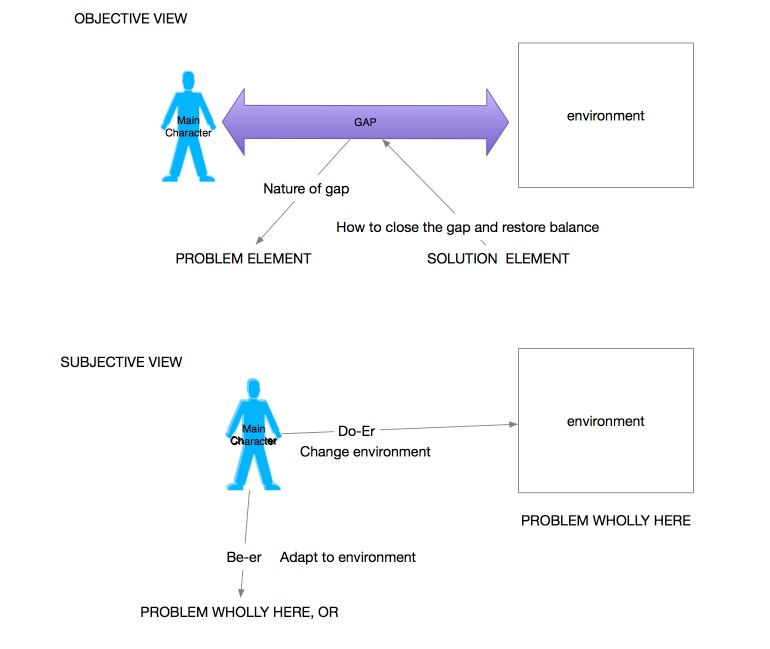S
Some Illustrations based on Melanie’s articles on Storymind, the theory book, and Jim Hull’s articles.
On the MC throughline:
The MC draws closer to the IC…
There are four outcomes.
He might get the goal and find personal fulfillment:
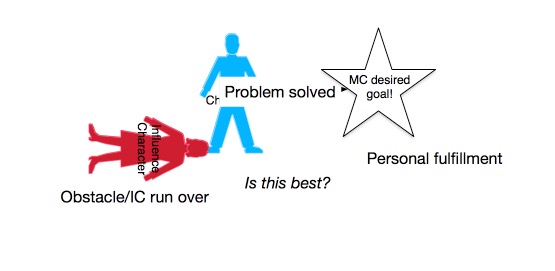
Or failure to get goal, angst continues. Tsk.
Next, a look at how this works with the Overall Story. There’s always the question: is the MC’s drive to for personal satisfaction in line with the Overall Story Characters or at odds with the Overall Story Characters.
In Road Warrior, Max’s drive lines up with the community, who desire to escape with their black juice and drive to Paradise.
In It’s a Wonderful Life, George’s drive for Adventure is at odds with the town’s people’s need for George to be a part of their world. They’re screwed if he leaves so they convince him that their love is worth more than his silly drive to see the larger world and be a part of it. That’s actually a pretty apt description of love’s bindings, no?
MC has a function in Overall Story as well as in his personal story. The question is always does one interfere with the other, where is the inequity or noise?
In some stories, the drive of OS is the same element as the drive in the MC
In other cases, it’s the opposite
In a change story, the IC and MC both represent the same Problem or Solution element
In a steadfast story, the represent opposite sides of a Dynamic Pair. They are diametrically opposed.
In one kind of story, Audience attention is on MC drive, in another kind, on MC response to the problem.
The point of all this is that it’s important to establish all these firmly before you get too far into story development.
Here’s a sketch for how the MC contains problem, solution, focus, direction, and also shows that there’s an actual difference between focus and symptom, and between direction and treatment.
Here’s the Omnigraffle document.



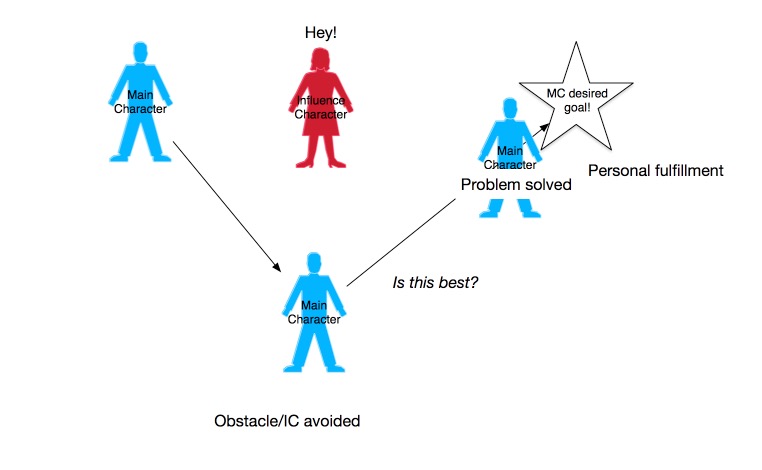
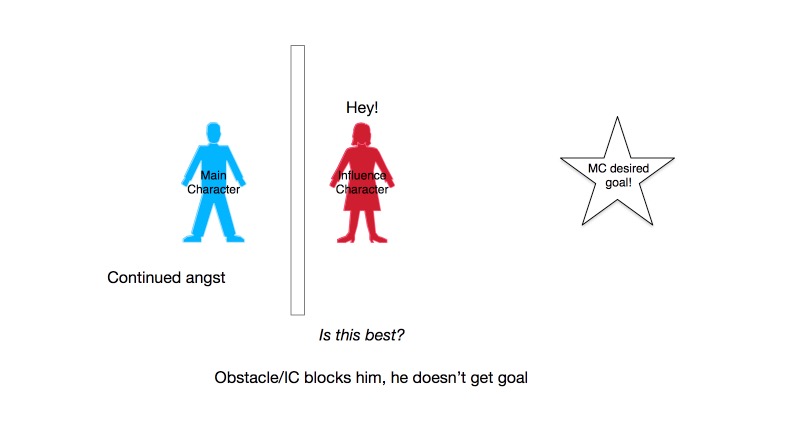
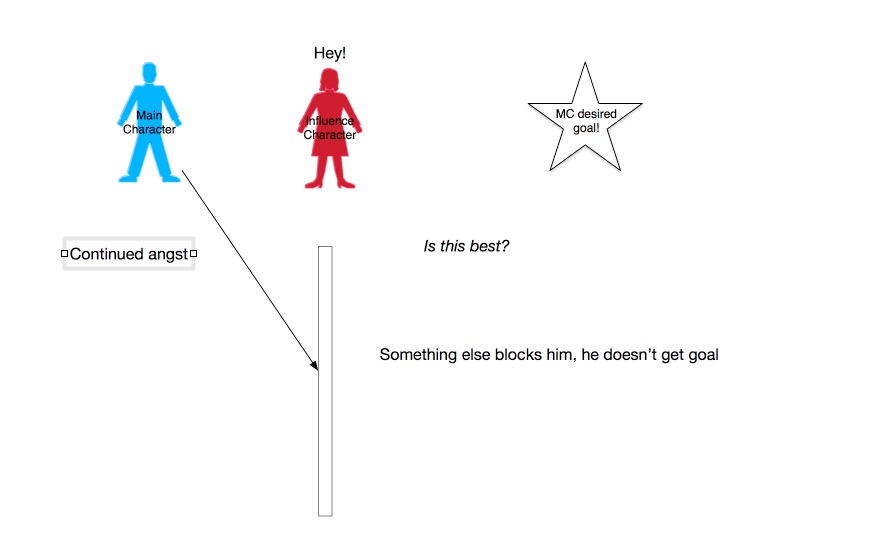
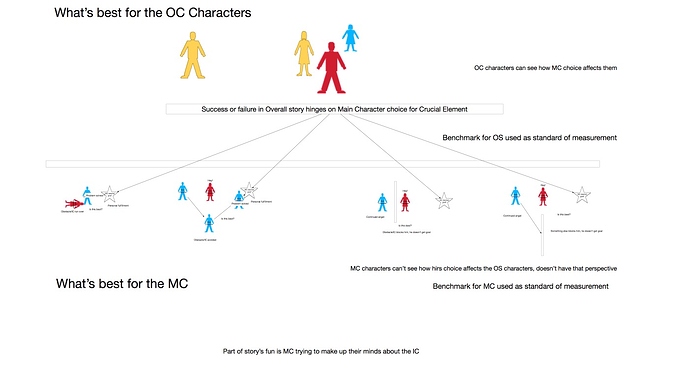
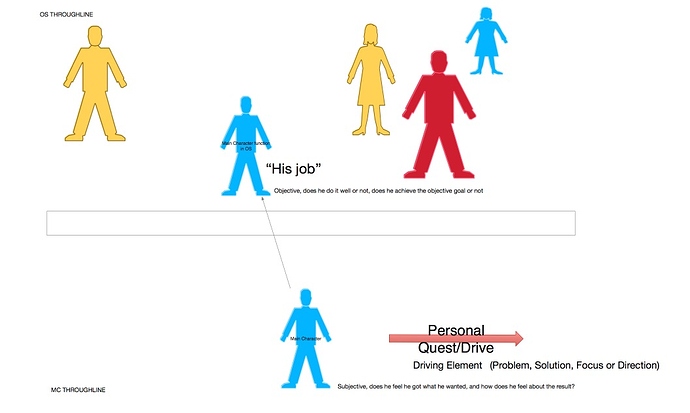
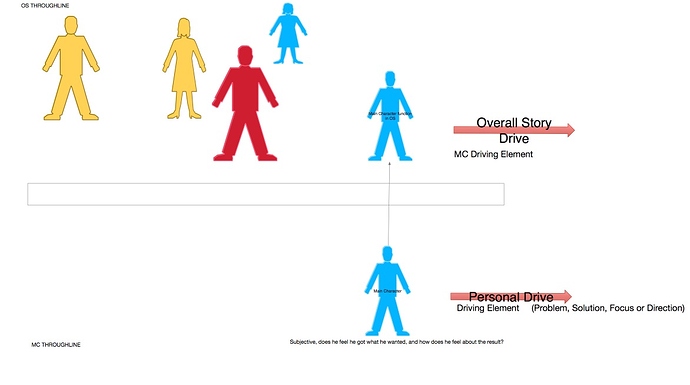
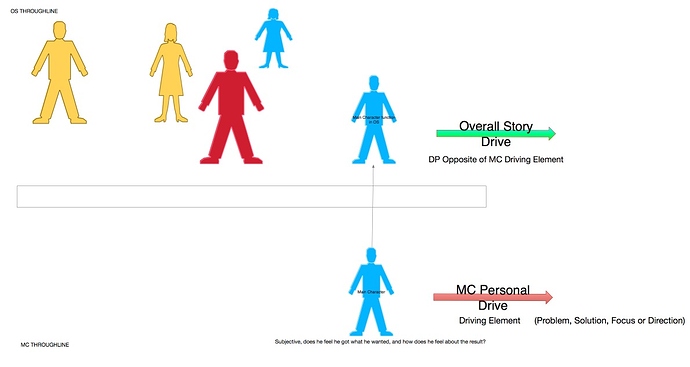
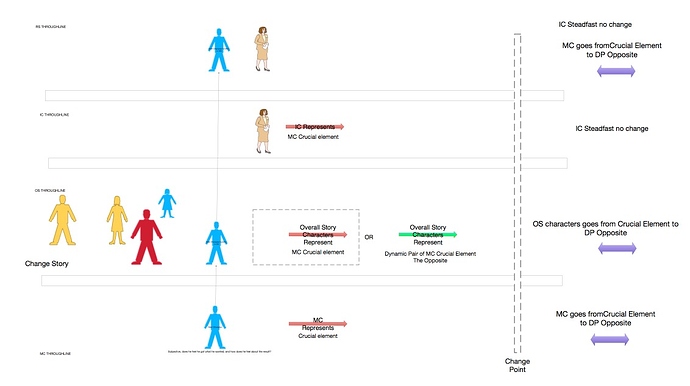
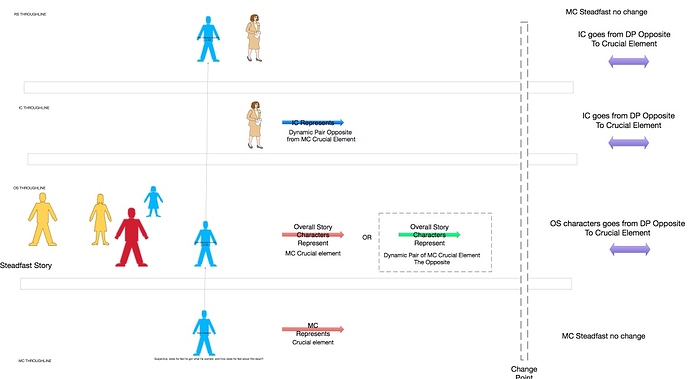
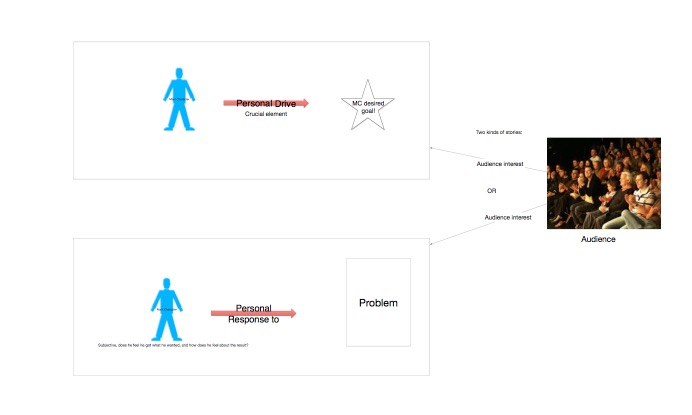
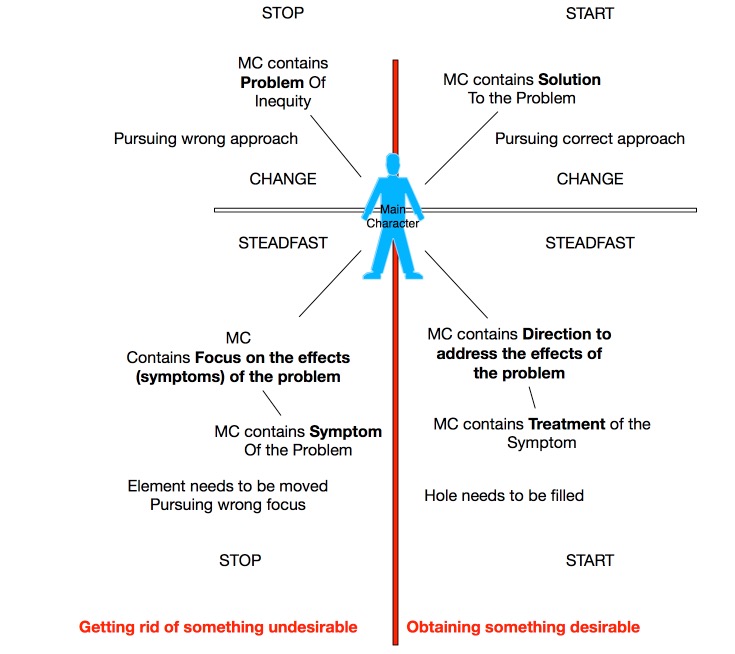
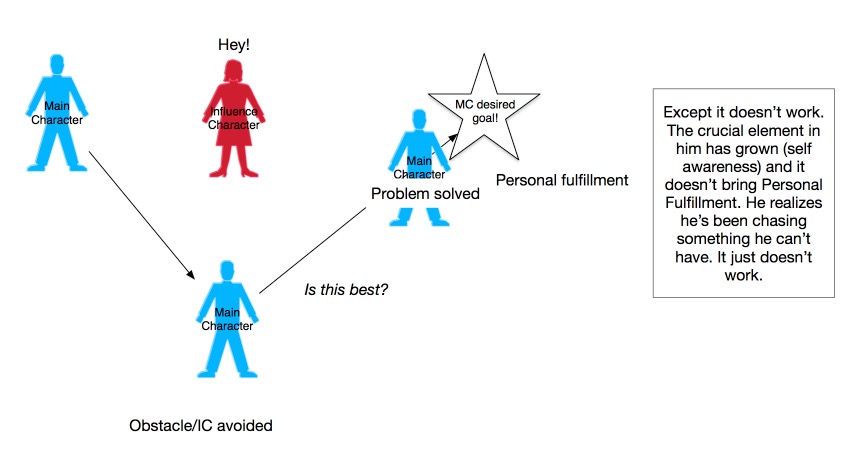
 We all have personal preferences! Keep up the great work.)
We all have personal preferences! Keep up the great work.)